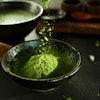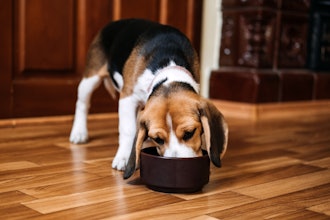Iron deficiency anemia is the most common nutrition deficiency in the U.S., Canada and many countries around the world. The amount of total iron in meat versus vegetable sources often appears be similar, but in the newest Meat MythCrusher video, Lindsay Chichester, Ph.D., extension educator at the University of Nebraska, explains the difference between heme iron found in meat and non-heme iron from vegetable sources.
“Our bodies can more easily absorb the iron in the heme form from meat than from vegetables in the non-heme form,” said Dr. Chichester. “For vegetarians, you need to eat 1.8 times the amount of non-heme iron to get the amount from one serving of meat.”
Dr. Chichester added that eating meat with vegetables helps increase the absorption of iron from both sources.
“One of the great things is pairing meat and vegetables together—we call it the meat effect, so that’s a nice way to pull the heme iron into our bodies and it also helps absorb zinc.”
The video also discusses the importance of iron for a variety of populations including young children, pregnant women and older adults as well as the health consequences of iron deficiency.






















